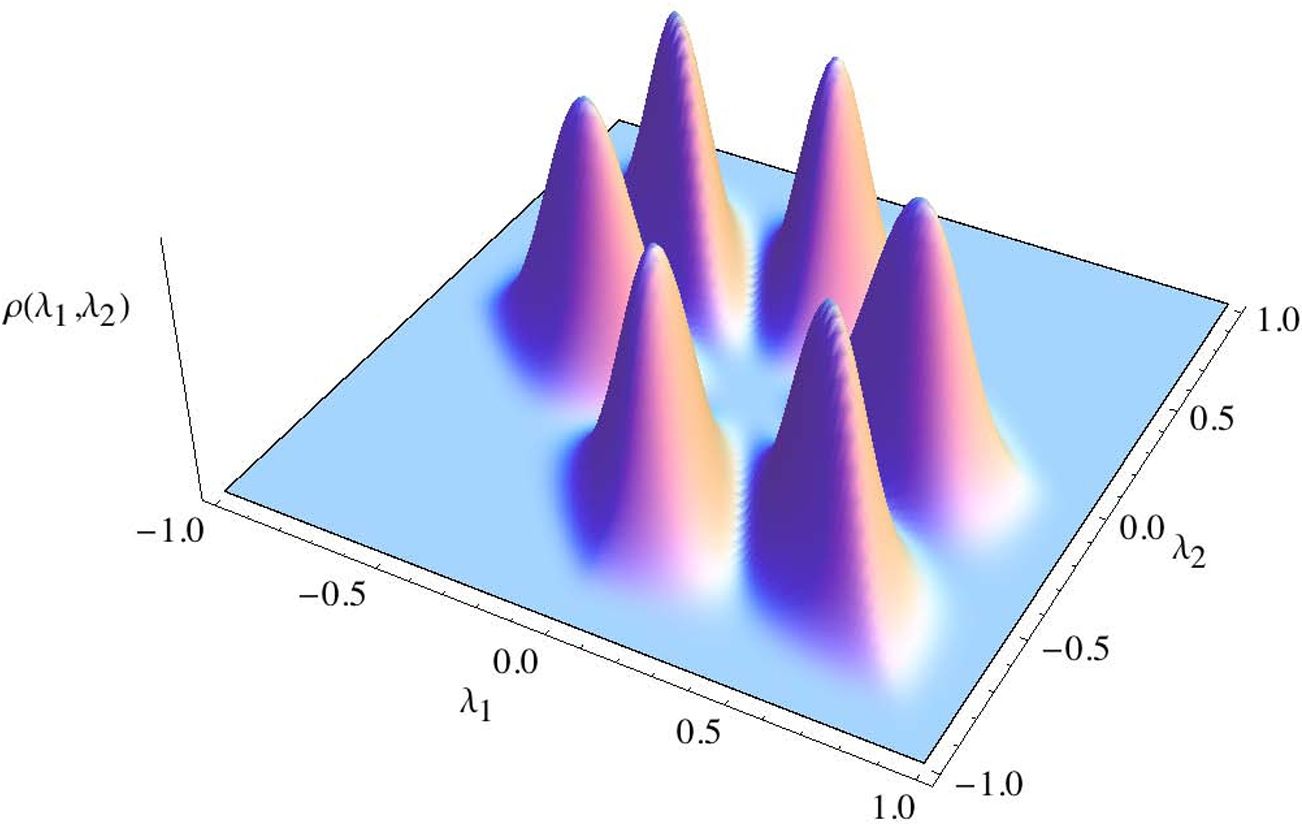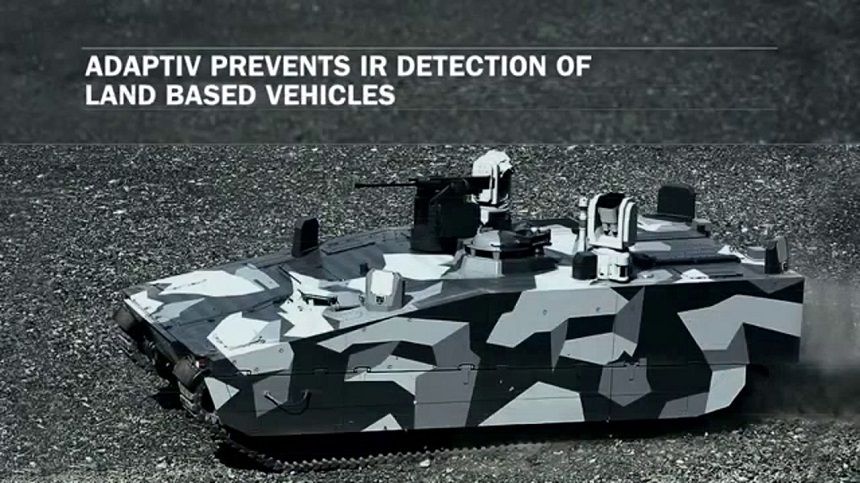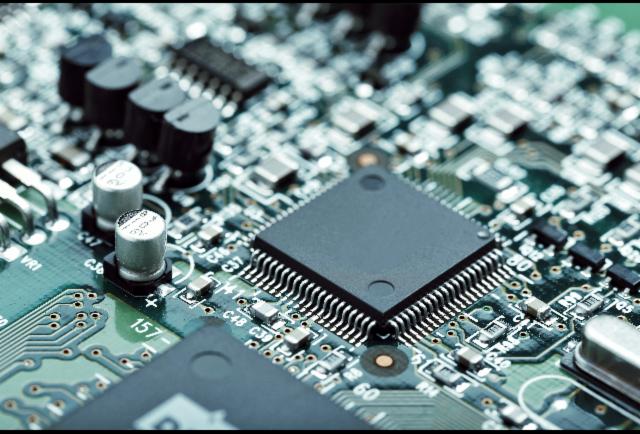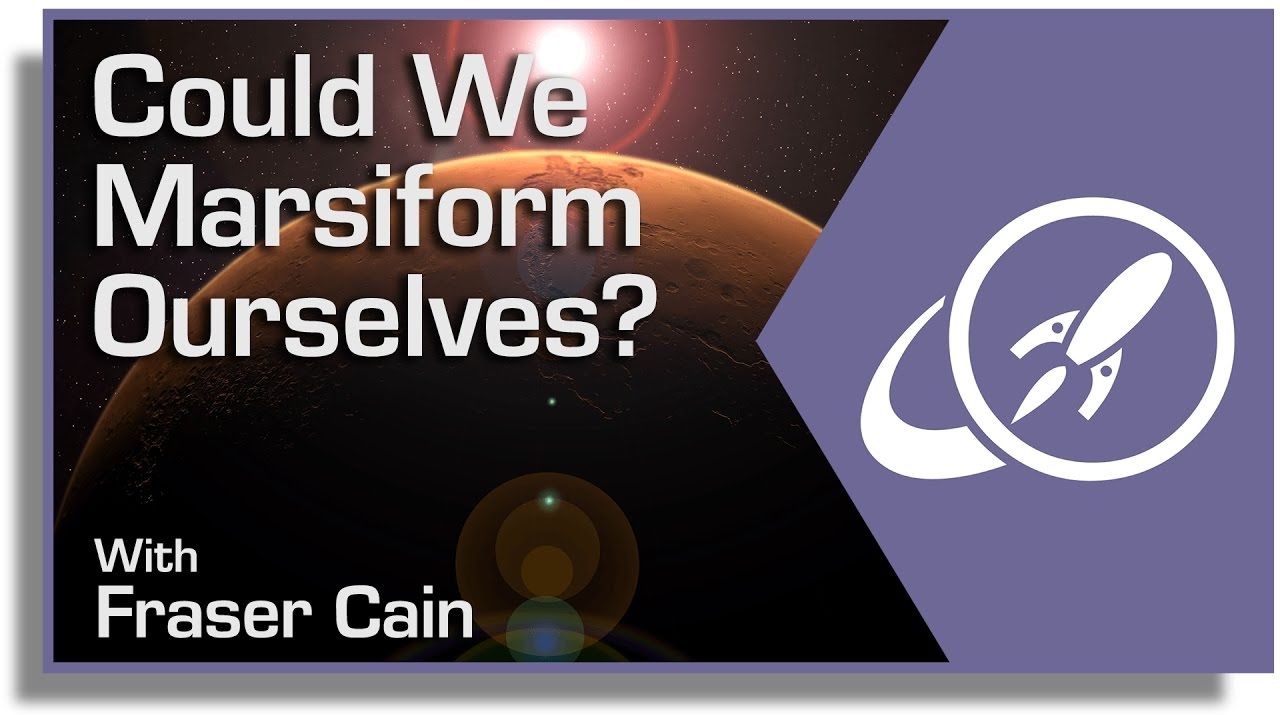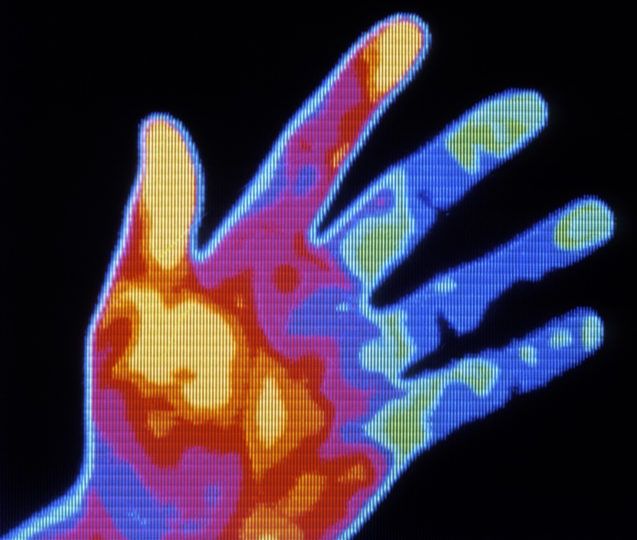Jan 10, 2017
Microsoft looks to tap quasiparticles to bring about a scalable quantum computer
Posted by Karen Hurst in categories: computing, engineering, quantum physics
Microsoft has been on a quest to build the holy grail of computers for over a decade, dumping tons of money into researching quantum computing and the company says they are ready to transition over to the engineering phase of their endeavor. At least that’s what MS executive Todd Holmdahl aims to accomplish by developing the hardware and software to do so.

